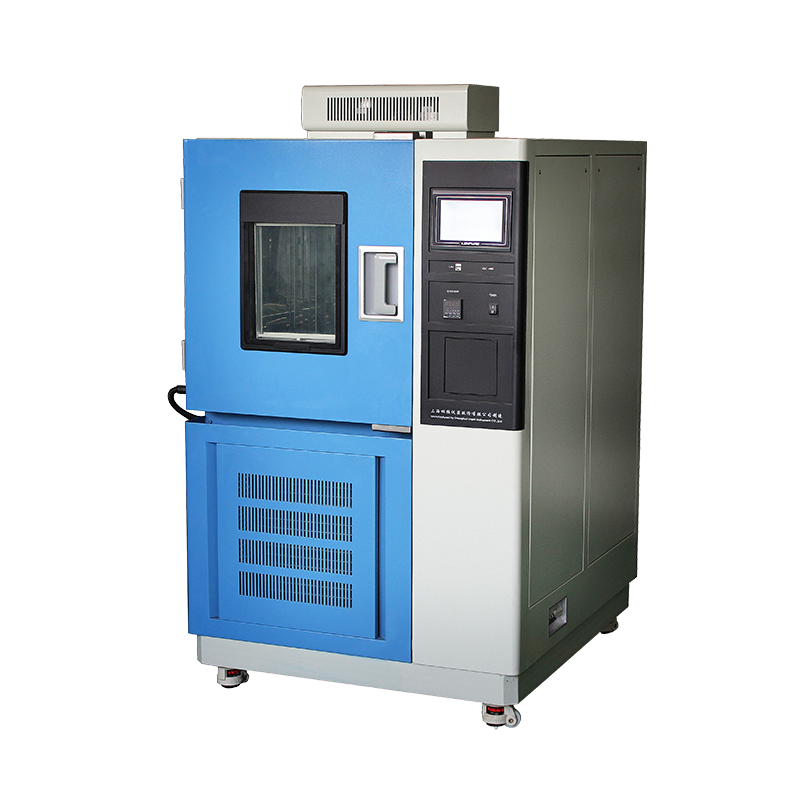

The temperature test chamber is a widely used testing equipment in industrial enterprises. If your company has newly purchased a temperature test chamber, you must understand the precautions during its operation to avoid deviations in test results or equipment damage caused by improper usage.
This equipment strictly prohibits testing flammable, explosive, corrosive, volatile, or highly radioactive items. During testing, if the test samples require power supply, they must not share the same power source with the test chamber – separate power supplies should be used. Test samples must be placed in designated areas according to requirements, generally maintaining a distance of at least 10cm from the chamber walls, and keeping sufficient distance from air outlets, return air inlets, and temperature/humidity sensors to avoid affecting normal temperature regulation and air circulation. For multiple test samples, they should preferably be placed on the same horizontal plane.

Regular cleaning and drying of the temperature test chamber are essential to ensure proper ventilation and heat distribution. Use a slightly damp, soft cotton cloth for wiping – avoid using alcohol, gasoline, or direct water rinsing as these may cause equipment malfunction or even electric leakage. Regular inspection and maintenance of all components are necessary to ensure smooth operation during tests. Whether cleaning, maintaining, or relocating the equipment, always disconnect the power supply first.
During operation or immediately after testing, exercise extreme caution when opening the chamber door. Always wear protective gear and avoid touching the exhaust pipes to prevent burns or frostbite.
The test chamber should be placed in a well-ventilated, cool area to facilitate heat dissipation from the equipment.
To fully understand the correct operation of the temperature test chamber, it’s recommended to have the manufacturer’s technicians provide hands-on demonstration and carefully study the product manual. This will ensure comprehensive and systematic mastery of the equipment’s operation.